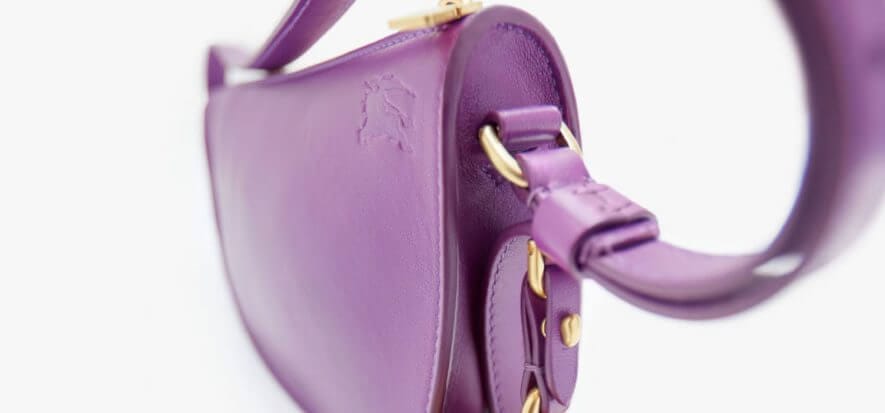Burberry cannot afford to raise prices if it doesn’t raise the quality of its products. The British brand is elevating its positioning. It’s a forward step done with the arrival of creative director Daniel lee. Now the goal is to bring the average price of handbags to a similar level as those of competitors, and the results are clear. Retail sales of leather goods grew 8% on yearly basis in the first half of the fiscal year (+3% in the second quarter). Due to the slowdown of the luxury segment, Burberry posted a profit warning that disappointed the market’s expectations.
Burberry’s numbers
The numbers from leather goods’ sales from April to September satisfied Burberry’s CEO, Jonathan Akeroyd. Results were positive for iconic vintage models and new items, such as the Night bag and Trench handbag, designed by Lee. New handbags, with a higher price than previous ones. They contribute to the goal of raising the average price offered by the brand, as it continues to take steps to increase its positioning.
Product quality
“It’s not just about raising prices. We have improved the quality of products and leather”, said Akeroyd to Vogue Business. Burberry’s CEO said the price of handbags is higher because they have a higher quality compared to previous ones, and it goes for materials as well. In order to close the circle on repositioning, Burberry’s new CFO Kate Ferry pointed out that, to support Lee’s projects in the first semester, the English company spent 10% more compared to previous seasons.
Long-term objective
The long-term objective of Burberry is to generate a revenue of 5 billion UK pounds, and it can still be achieved, even if it’s become more challenging. “We have a lot of potential and remain optimistic”, said Akeroyd, even if the British company has stated that revenue grew 4% at current rates and 7% at constant rates for 1.4 billion UK pounds during the first semester (which ended on September 30th). Burberry warned it may not reach its growth objectives for FY 2024, and that EBIT may also be on the lower end of the scale forecasted by consensus.











